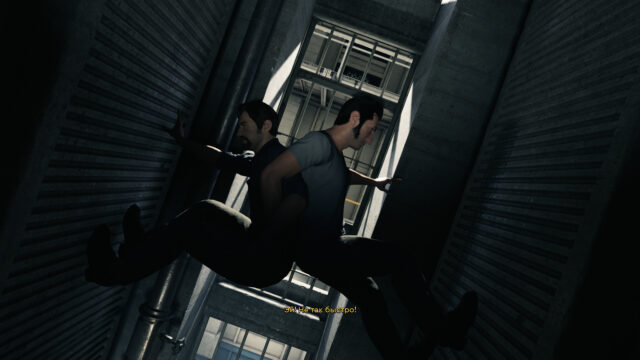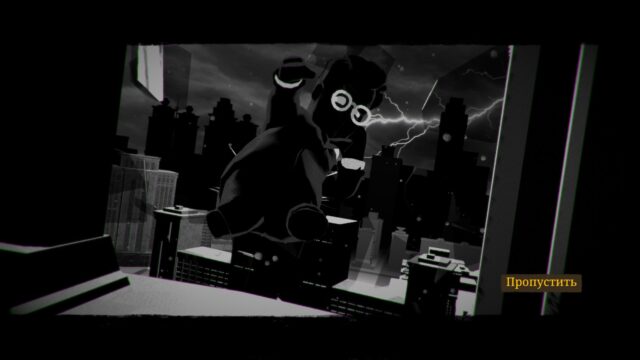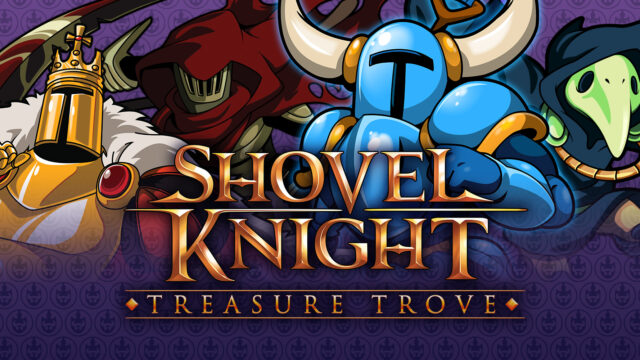Homefront: The Revolution Review
The American release of Homefront: The Revolution happened three days earlier, so the entire European segment has already had a chance to hear stories about how everything is bad. Our star-striped colleagues confidently trampled the game in the mud, awarding it with honorary “ones” and cruel epithets, thus preparing the ground for hundreds of negative user reviews in advance. It cannot be said that there is no truth in their words, but it is offensive for Dambuster Studios, who barely managed to bring their creation to the finish line. After all, not everything is so hopeless.
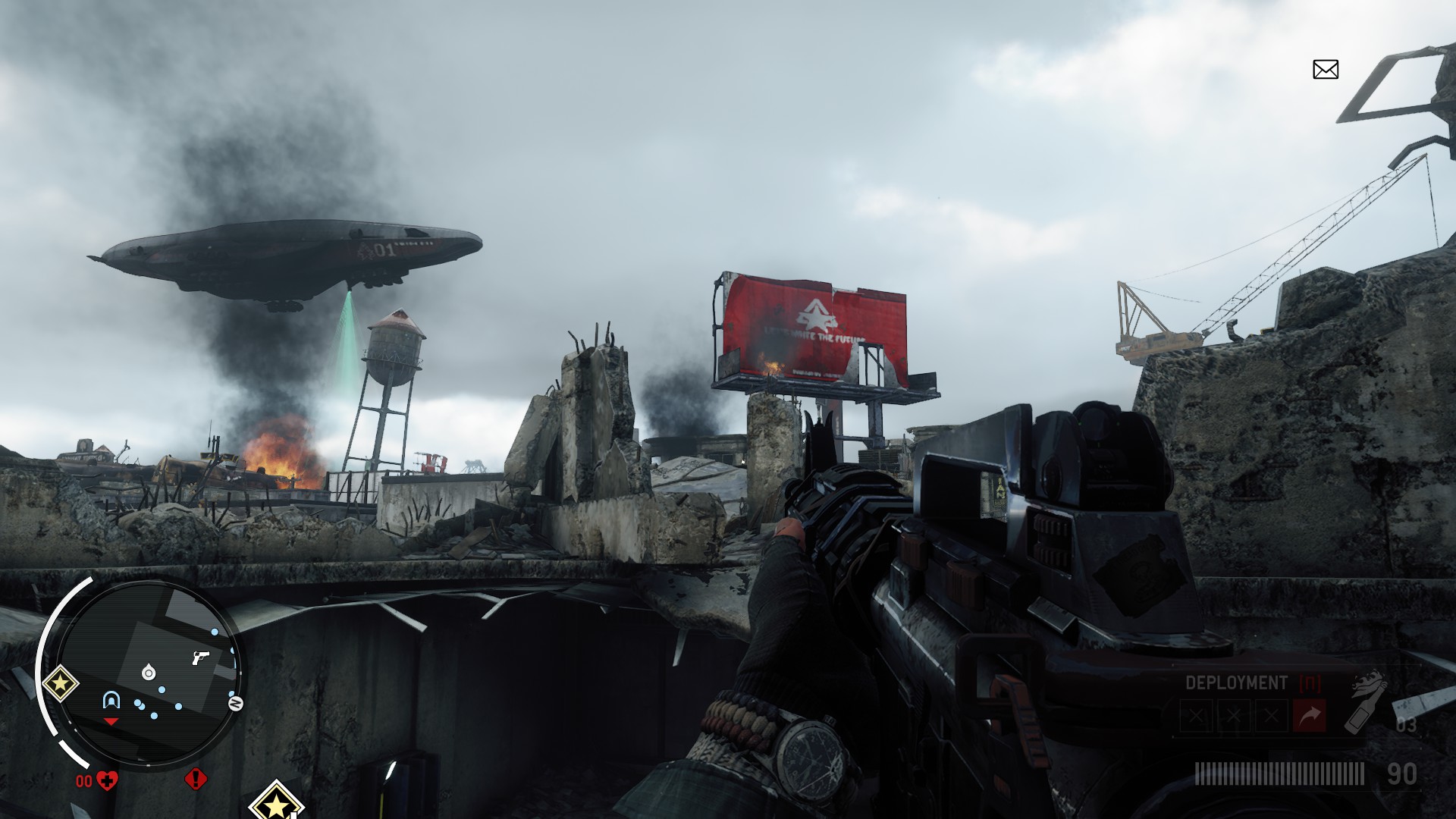
Sequel has long abandoned its corridor roots – now it’s a game for those who wholeheartedly love Far Cry and miss Freedom Fighters. Judging by your eyes, you’re eager to cleanse another open world from towers, checkpoints, and all that stuff, right? What, “no”? Not even in the name of justice and freedom for your people? Well, honestly, we’re not very enthusiastic about it either…
However, the standard sandbox program from Ubisoft works, as always, better than it may seem. There are several districts, and there is a main goal – to incite rebellion in them, ultimately gaining control over the territory. Conveniently located nearby are several Important Enemy Structures™ suitable for infiltration, explosive convoys pass by obligingly, and raids/plunderings occur, which will continue until someone prevents them. Any interference with this order makes the cheeks of ordinary citizens burn brighter, and when the corresponding scale reaches its limit, a revolt begins, and the district is liberated. Nothing radical new. ( absolutely nothing “But creating lawlessness in fresh decorations for some reason doesn’t get boring.
On the other hand, all these side attractions are too closely related to the main tasks. Any game about capturing pieces of the map puts this motive in the background and significantly dilutes it with something linear and well-placed, but Homefront does not inherit such a practice. You like jumping around guard posts, you say? Well, do the same on missions, while listening to complaints on the radio. Periodically, of course, some kind of directing slips through, but its concentration on the whole scale is ruthlessly small.”
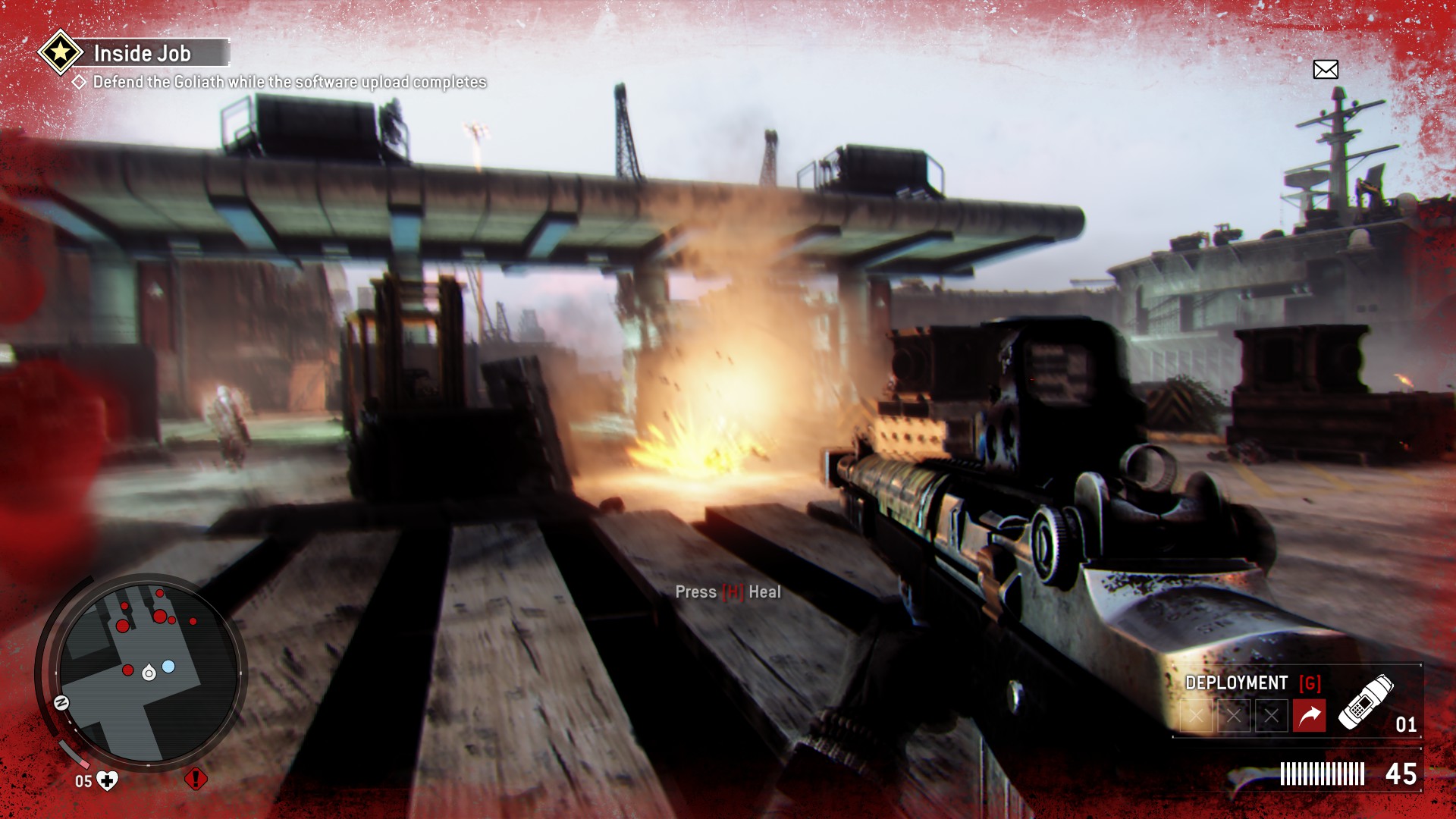
A serious distinction of The Revolution from Adventures in some Kirata. The shooter part is both a compliment and a complaint. Shooting here is a bit more difficult due to noticeable spread, so the ability to get headshots from the hip is not useful – you need to aim carefully and, preferably, not expose yourself unnecessarily from cover. At first, it feels unfamiliar and uncomfortable, but then the sensations become quite interesting, as the positional emphasis gives the shootouts a unique character and a certain level of realism. Each small conflict carries its own weight, so to speak.
It is all the more frustrating that the local weapons lack such weight. The pistol, submachine gun, assault rifle, grenade launcher, and many other things are just different caliber toys, flat and unimpressive. They unquestionably eliminate enemies, but they don’t give a sense of involvement in what is happening, they don’t allow you to believe that it’s true that one Asian invader just became one less because of your sniper shot or that a tank just exploded in the air. Most of the weapons don’t even have much difference in characteristics: bullets fly fast from one barrel, not so much from another, although the damage is roughly the same. As a result, the whole list is simply divided into “tolerable guns” that occupy the main slots, and “guns from Polish shooters” that you switch to only in case of extreme necessity. After a couple of hours, the recent frenzy of id Software It’s honestly a bit difficult to immerse oneself in something like that.
With artificial intelligence, not everything is fine either, as it competes with fools from Primal He is worthy. Enemies constantly try to outsmart the tactics, they perform quite coordinated dances around the player, but in the end they still merge into a single mass and obediently wait for something to explode nearby. Brave rebels, on the other hand, often scatter randomly across the map without any sense and perplexedly wander around with their rifles near rusty pickups. Of course, you can distract them from important matters and ask for help, but it will hardly be of any use: impressive squads of four or five people disappear from the radar in a matter of seconds – not always in battle. Some, apparently, simply find something more interesting to do.

Stealth here is like playing hide and seek with parents. Everyone knows perfectly well where you are, but they try not to show it.
The graphics of the game really want to please, but constantly deviate from the right path. Sometimes the shadows start flickering, sometimes the textures across the road turn into a soapy mess, sometimes the barrels burst into yellow squares because the special effects have lost their transparency – there is a downside to any beauty here. The character animation especially ruins the picture: only the foreground heroes were given natural movements, of which there are only a dozen, while all the others freely slide on the floor, jerk their heads, and communicate with abrupt gestures from the times of San Andreas. Low-polygonal people from Grove Street could forgive this, but when a convincingly modeled rebel-radio operator bulges his eyes and puts his hand in his nose due to the inconsistency of body parts, it becomes scary.
But Homefront manages to preserve its main advantage – atmosphere. The virtual-alternative Philadelphia is a surprisingly detailed world that sets the right tone with its appearance and tells a story that can easily be missed in the heat of battle. While you are busy with your own concerns, vagrants hide from patrols in alleys, a crowd gathers to watch the search of another apartment, and someone disobeys orders and lies in a puddle by the road as an example for others. All this is framed by carefully crafted architecture, under the sensors of “Half-Life” scanners, and with a giant dirigible in the sky. From a bunch of small sketches, a real futuristic depression is formed, and thanks to it, you want to stay in the game longer. Although it may not reach the level of BioShock Infinite, the illusion is not the most enviable, but it definitely succeeds in bringing it to life.

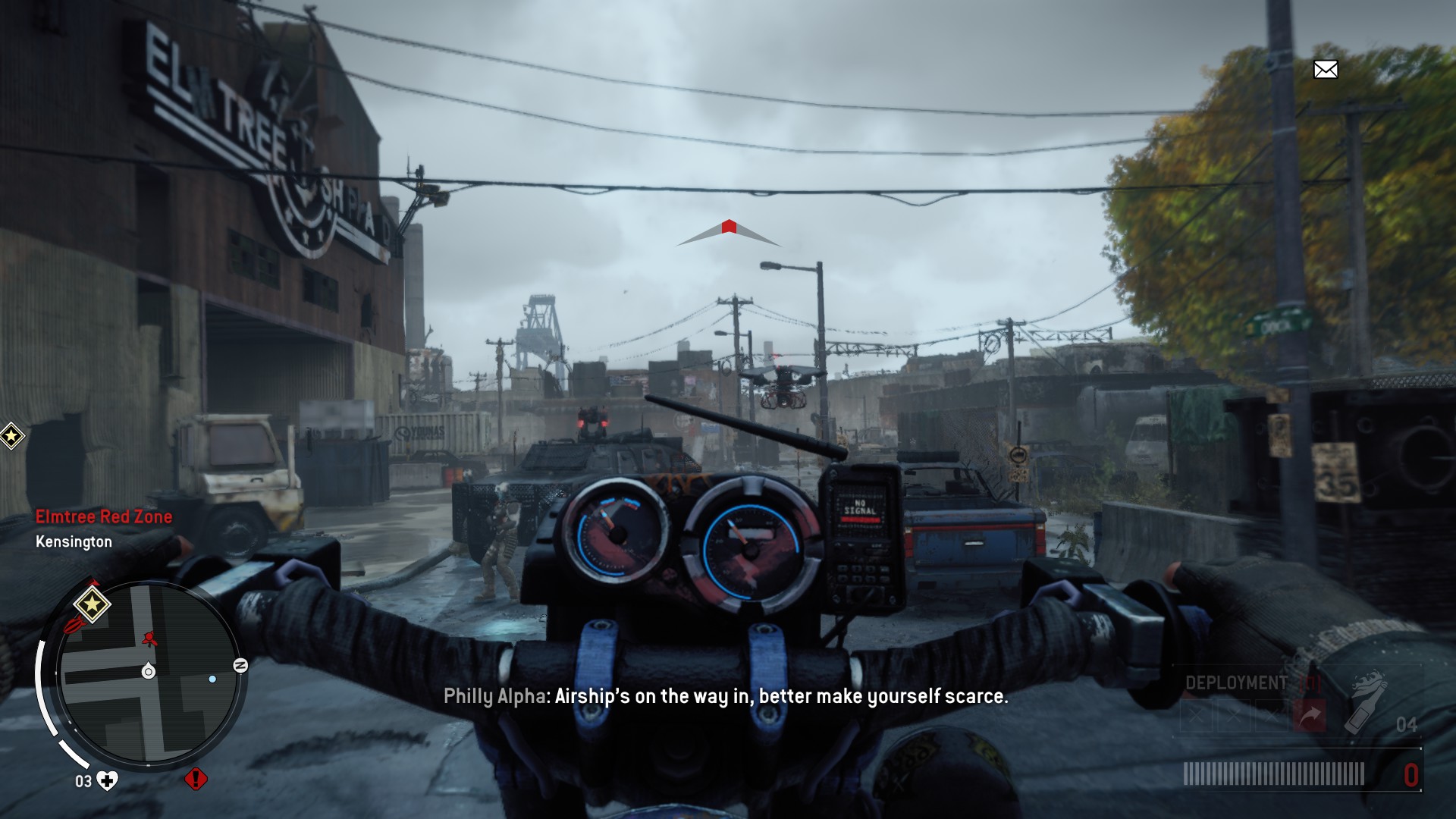
It is convenient to break through enemy ranks on a motorcycle. Literally.
Alas, the plot has nothing to do with it – it is pale and boring. I have no strength to listen once again about resistance, weapon transportation, and secret plans to infiltrate the enemy’s rear, and the narrative does not make much effort to attract attention, indulging in faceless companions and empty scenes. It’s as if the script sketches were simply forgotten to be polished for the final release.
And overall, the new Homefront gives the impression of a hastily put together shooter, which, however, plays quite well. It lacks a super engaging core mechanic, perfect interweaving of “sandbox” missions, spectacular situations, and powerful storytelling – everything feels skewed, crooked, disjointed, and off-target, and yet, there is a certain amount of enjoyment present. Maybe it’s because we didn’t have high hopes for The Revolution from the start, anticipating a mediocre one-day game with a decent setup, if we’re lucky. It turned out not too brightly even by modest standards, but also far from the universal nightmare depicted on the corresponding page on Steam.
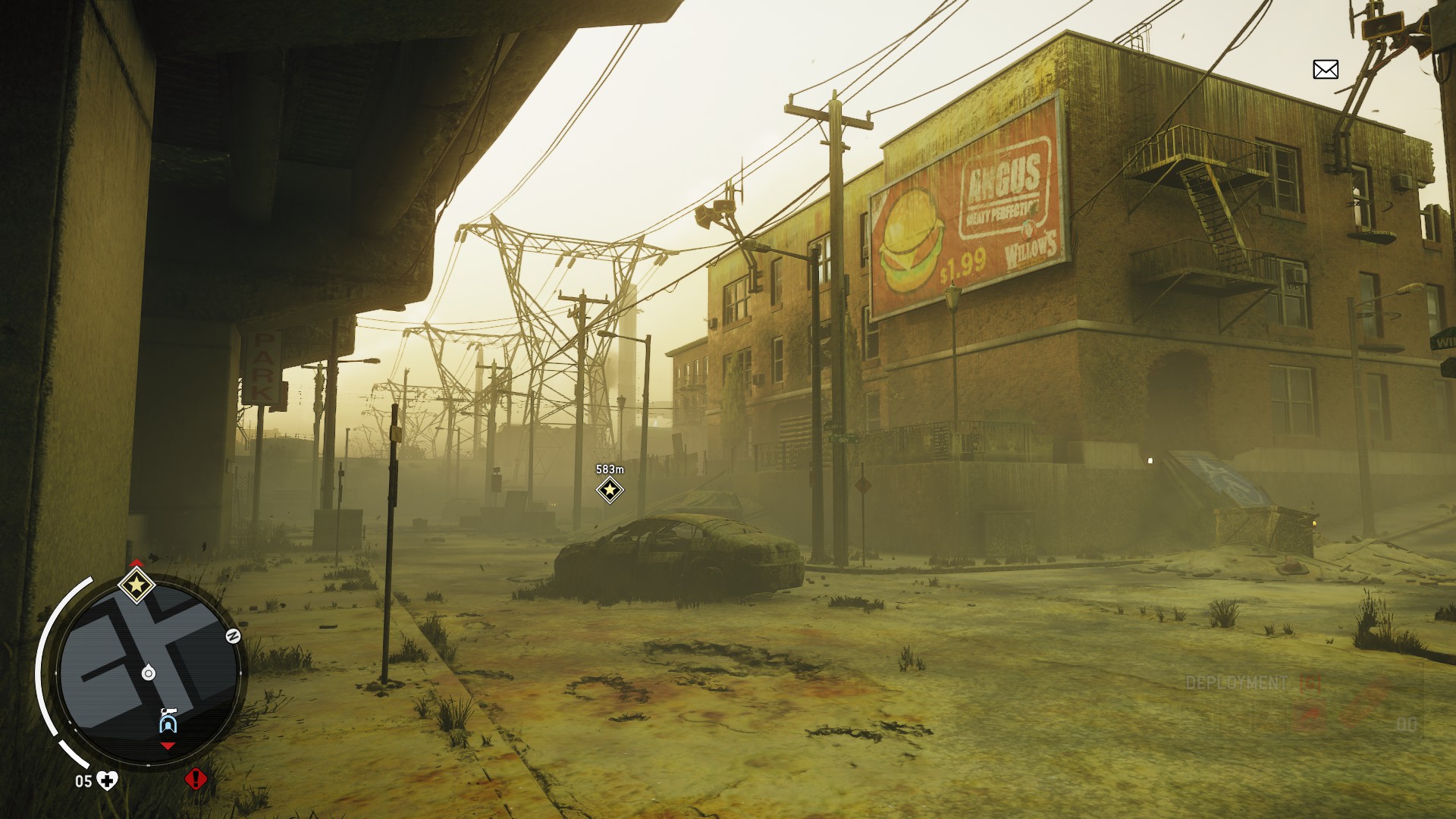
We won’t be surprised if Death’s Claws are nearby.
The only thing that really repels is the terrible optimization. It doesn’t add any charm to the already meager pastime, making one irritated at the slightest reason and discouraging any desire to continue with the plot. When instead of a healthy challenge in a key shootout, one has to fight with inexplicable frame drops of up to 20 frames and less, Homefront clearly begs for either a refund or at least a break until the next patches. Fortunately, the developers are actively working on the latest ones, if we believe the official posts.
In the occupied Philadelphia by the Koreans, it is not always sunny, and the sloppy execution is to blame for that. Despite all the desire, there is no potential here to come up with something greater – it is still an unoriginal collection of prominent shooter concepts from recent years – but if it were diligently copied and presented with proper polish, no one would have said a bad word about it.
Share
Discuss
More Reviews


